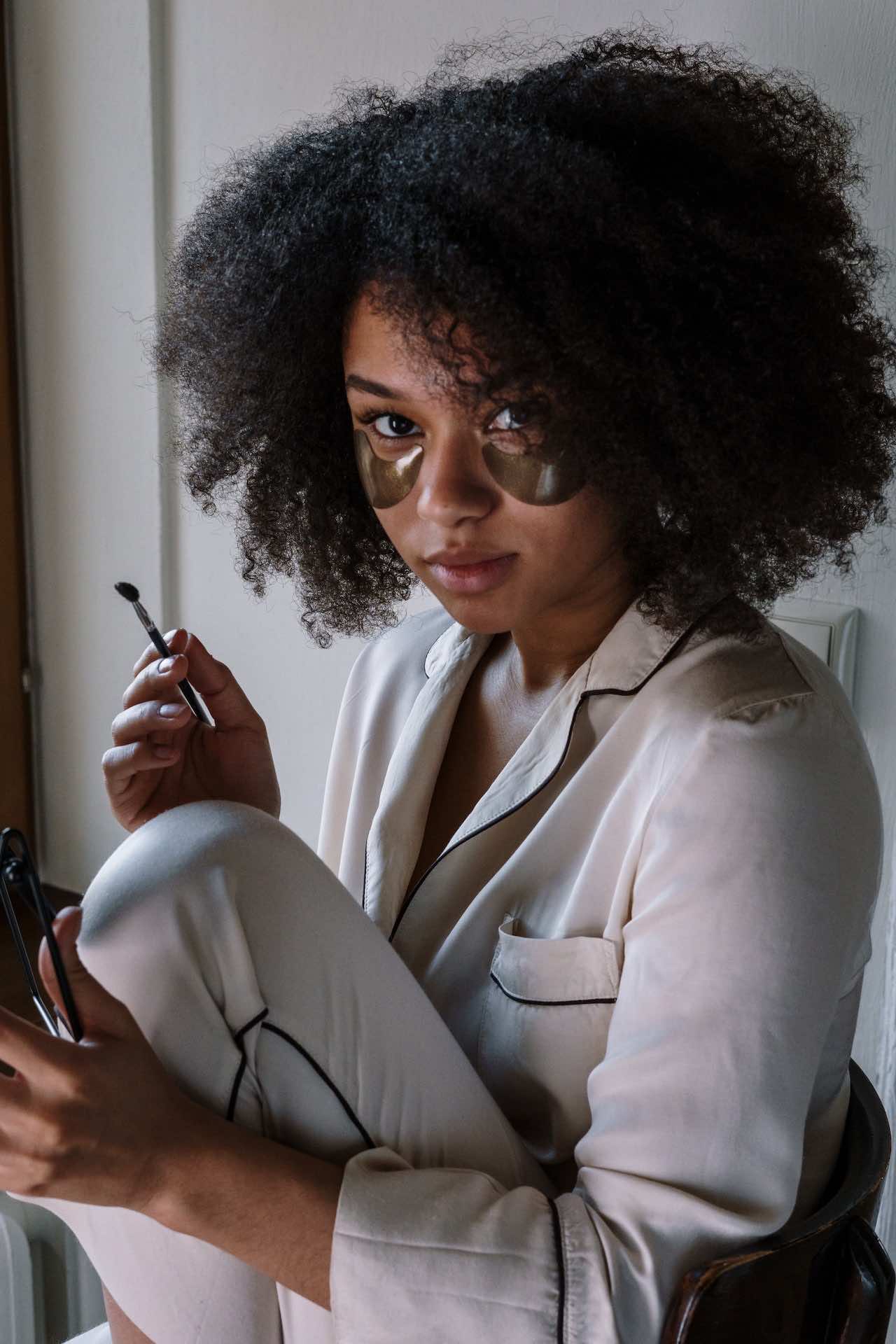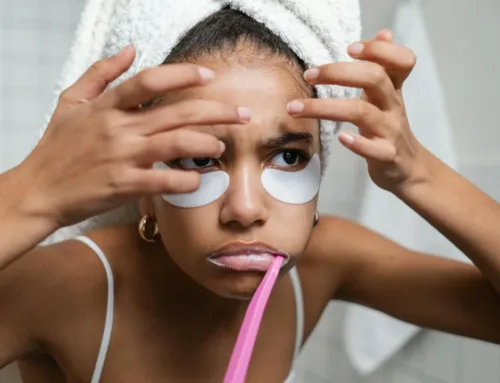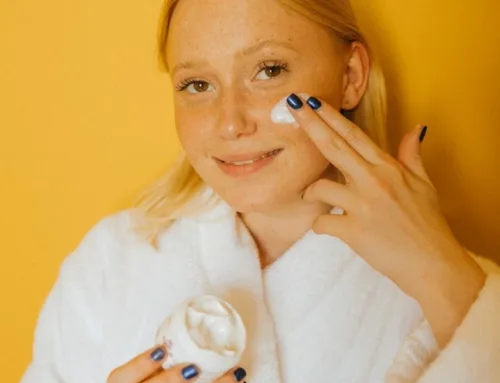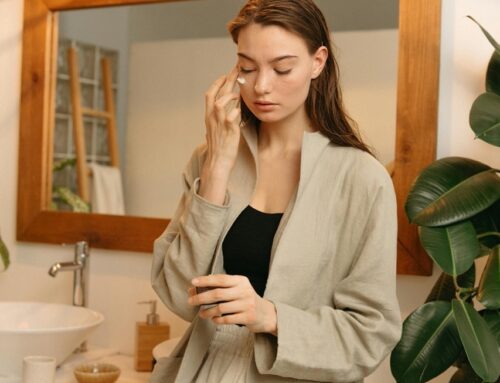Eye patches are more than just cosmetic props for your skincare regimen. They are a vital product for this commonly neglected area of your face; they deal with pesky dark circles, puffiness, crow’s feet, and more. After all, discoloration, dry skin, and dullness around the eyes can happen to anyone. Dark circles under the eyes are usually hereditary – some are predisposed to them.
Eye skin problems often develop over time. When we get old, the skin under the eyes becomes thinner. You lose about 1% of your collagen every year of your life. Just under the skin of the reduced eyelid is a tissue-thin muscle called the orbicularis oculi muscle. Fortunately, it is straightforward to lighten and also tighten this area. It would be best if you switched to your trusted eye lotion. However, if you need an extra boost, this is where eye patches come in handy.
How do eye patches heal dark circles, puffiness, and crow’s feet?
If dark circles are your biggest concern, therapy should aim to enlarge that overlapping skin so you can camouflage the muscles underneath, enhancing the color. Under-eye patches provide healing through prolonged skin contact; they are usually soaked in lotion with energizing ingredients like retinol or vitamin C to stimulate collagen production and brighten the area. The patches also contain active moisturizing ingredients that will leave eyes fresh and plump, minimizing the appearance of dark circles and fine lines.
What active ingredients should you look for in an eye patch?
Look for retinol-infused patches to remove dark circles under your eyes. This component thickens the skin by increasing collagen production, which should minimize the purple color of this area over time. Experts cite vitamin C, green tea, and niacinamide as other essential substances to look for when buying these patches (or eye creams in general).
How exactly do you apply eye patches?
Eye patches are generally safe for everyone. It is advised to use them once to twice a week for the best results. Eye patches are usually applied once for about 15 minutes, depending on the brand. Most patches are disposable. When you remove the patches, it is recommended to rub the excess product into the skin around the eyes.
Are eye patches suitable for sensitive skin?
Take a close look at the ingredient list of impregnated patches, especially if you are allergic to a particular agent or sensitive to more potent formulas such as those containing retinol. While retinol is believed to cause burning, inflammation, and irritation, skin can develop a tolerance over time. If you have sensitive skin, it is suggested to use eye patches at least once a week to see exactly how your skin reacts. Then you can add another evening once your skin gets used to this rhythm. It is also recommended to use eye patches, especially those with retinol, at night rather than throughout the day (retinol makes you more sensitive to sunlight). However, retinol-free eye patches can be used when the sun is shining and are especially useful before an event.




